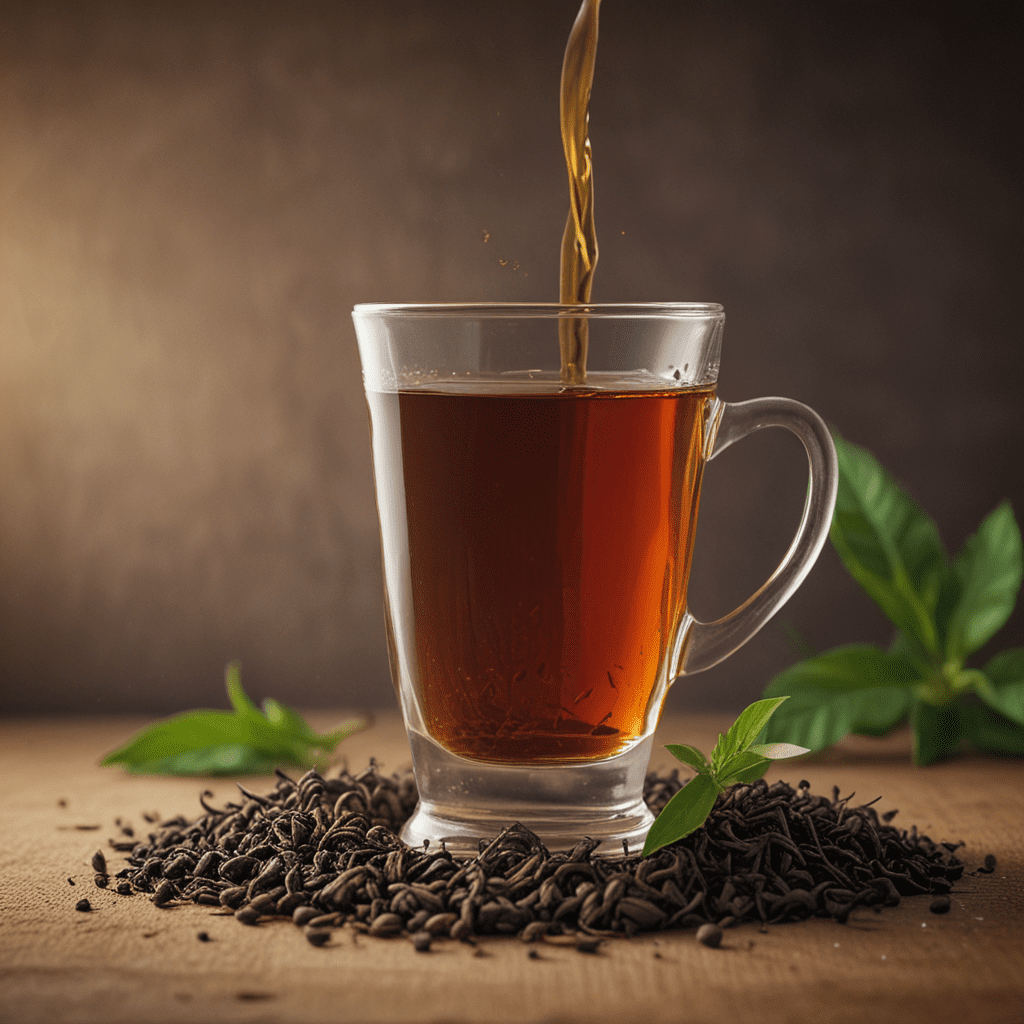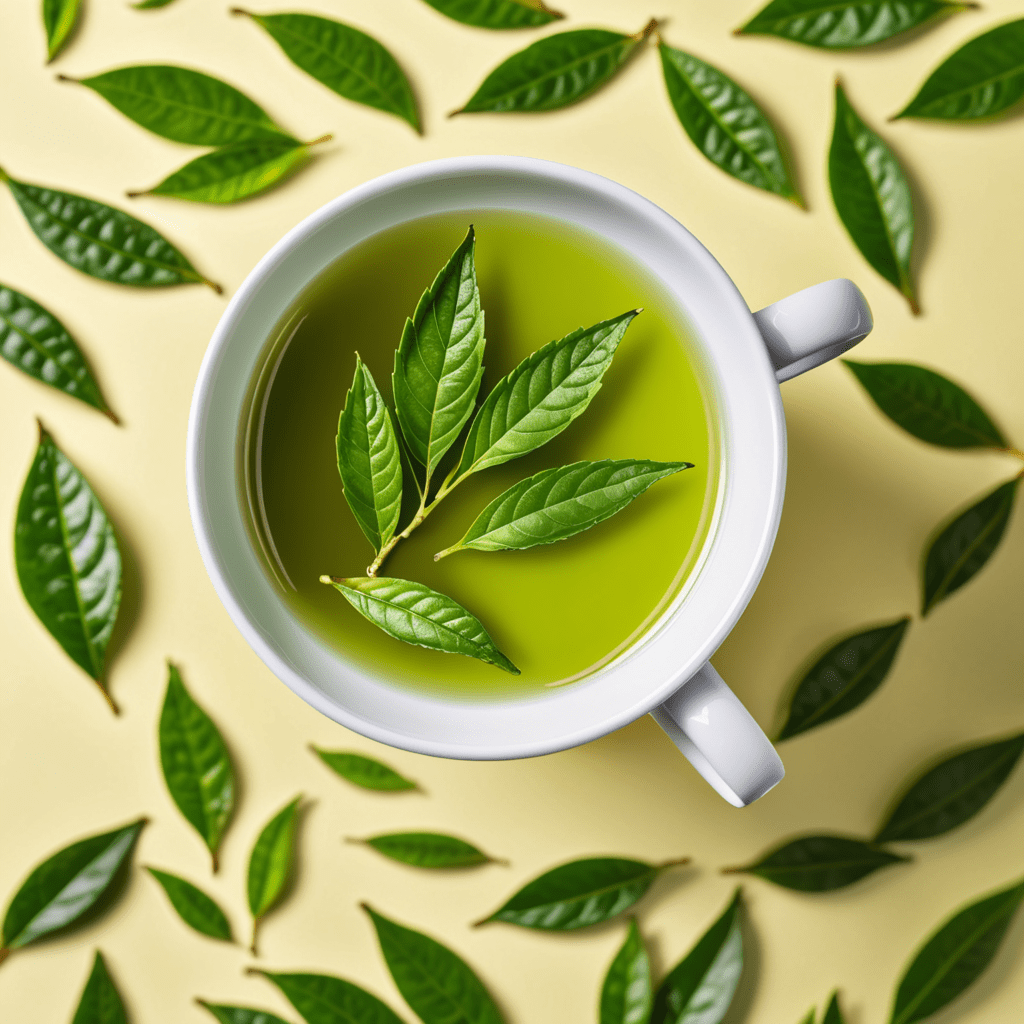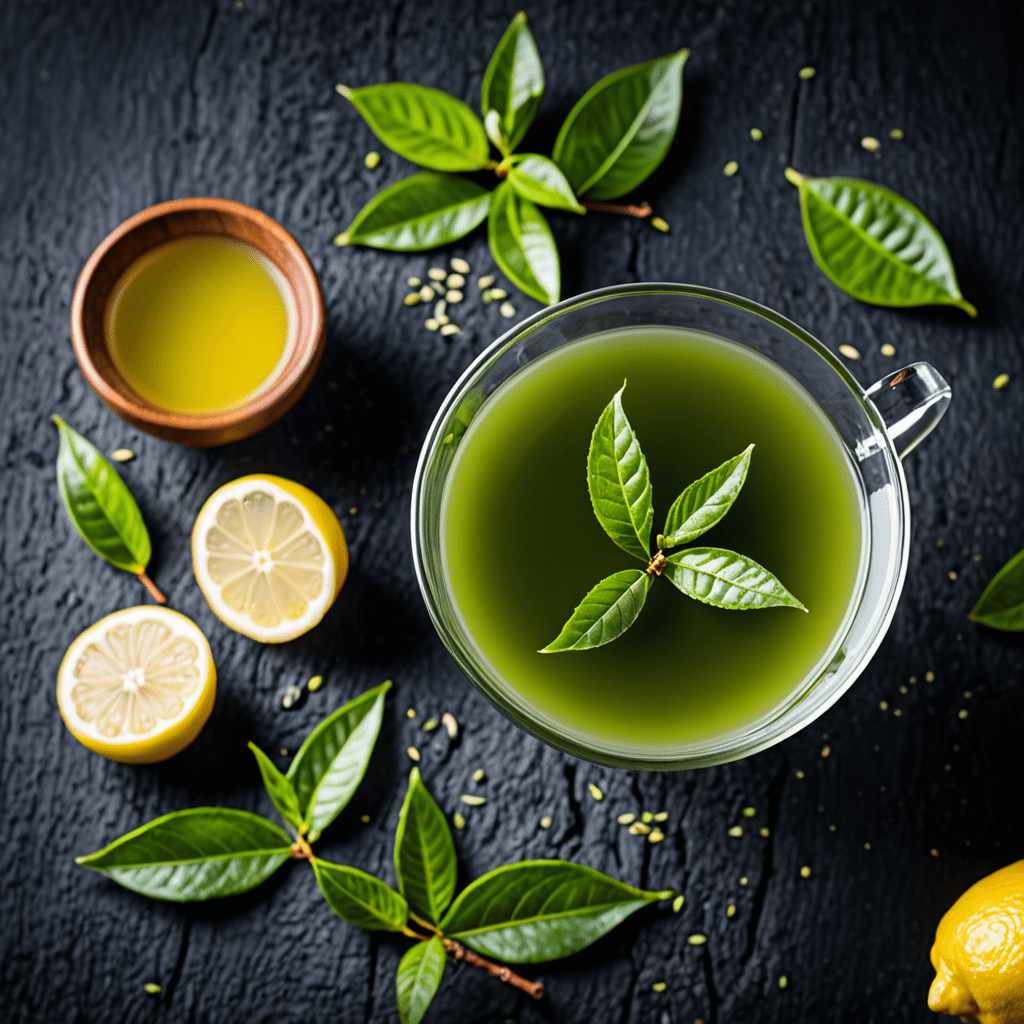Assam Tea: The Art of Tea Crafting
1. Introduction
Assam tea, hailing from the lush Brahmaputra Valley in northeastern India, stands as a beacon of excellence in the global tea industry. Its robust flavor and rich aroma have captivated tea enthusiasts for centuries, making it a beloved beverage worldwide. This article delves into the captivating world of Assam tea, exploring its origins, cultivation practices, processing techniques, and the remarkable health benefits it offers.
2. The Assam Tea Region
Located in the heart of the Brahmaputra Valley, the Assam tea region encompasses an area of over 200,000 hectares, stretching from the foothills of the Himalayas to the banks of the mighty Brahmaputra River. This unique terroir, with its fertile soil, abundant rainfall, and warm subtropical climate, provides the ideal conditions for cultivating premium-quality tea.
3. Soil and Climate Conditions
The Assam tea region is blessed with a combination of alluvial and sandy loam soils, rich in organic matter and essential nutrients. These soils, coupled with the region's abundant rainfall and high humidity, create a favorable environment for tea bushes to thrive. The warm subtropical climate, with average temperatures ranging from 25 to 30 degrees Celsius, further enhances the growth and development of tea plants, allowing them to produce high-yielding harvests of exceptional quality.
4. Cultivation and Harvesting
Assam tea is typically cultivated using traditional methods to preserve its distinctive character. Tea bushes are carefully planted and meticulously tended to ensure optimal growth. The harvesting process is equally crucial, with the first flush, or spring harvest, yielding the most flavorful and sought-after teas. Experienced tea pluckers harvest the top two leaves and a bud of each tea shoot, ensuring a delicate balance of flavor and aroma.
5. Processing Techniques: The Secret to Flavor
Assam tea undergoes a series of processing techniques that transform the freshly harvested leaves into the aromatic brew we enjoy. The leaves are first withered to reduce moisture content. They are then rolled and oxidized, a process that develops their characteristic malty flavor and rich color. Finally, the leaves are dried to stop oxidation and finalize the tea's flavor profile.
6. Types of Assam Tea
Assam tea encompasses a diverse range of varieties, each possessing unique characteristics and flavors. The most notable types include:
Orthodox: A traditional method of processing that involves withering, rolling, and oxidizing the tea leaves. Orthodox teas are known for their full-bodied flavor and rich aroma.
CTC (Cut, Tear, Curl): A modern processing technique that involves mechanically cutting, tearing, and curling the tea leaves. CTC teas produce a strong and brisk brew, ideal for everyday consumption.
Green Tea: Assam green tea undergoes minimal oxidation, preserving its fresh, vegetal flavors and high antioxidant content.
- White Tea: The least processed type of Assam tea, white tea is made from the unopened buds of the tea plant, resulting in a delicate and subtly sweet brew.
7. Health Benefits
Beyond its delightful taste, Assam tea offers an array of health benefits attributed to its high concentration of antioxidants. These antioxidants neutralize free radicals in the body, protecting cells from damage and reducing the risk of chronic diseases. Research has shown that регулярное употребление чая Assam может снизить риск сердечных заболеваний, диабета 2 типа и рака.
8. Sustainable Farming Practices
Assam tea growers are increasingly embracing sustainable farming practices to preserve the region's natural resources and promote environmental stewardship. These practices include:
Organic cultivation: Utilizing natural fertilizers and pest control methods to minimize environmental impact.
Water conservation: Implementing efficient irrigation systems to reduce water consumption.
Biodiversity conservation: Protecting and enhancing the region's biodiversity by planting shade trees and promoting wildlife habitats.
9. Blending and Tasting
Assam tea is often blended with other teas to create unique and flavorful blends. Common blends include Earl Grey, English Breakfast, and Masala Chai. The art of tea tasting involves identifying and appreciating the subtle nuances of each tea variety, including its aroma, flavor, and finish. Skilled tea tasters use a standardized set of criteria to evaluate the quality and characteristics of Assam tea.
10. Assam Tea in the Global Market
Assam tea has gained immense popularity worldwide, becoming one of the most sought-after teas in international markets. Its robust flavor and health benefits have made it a favorite among tea enthusiasts and commercial buyers alike. Assam tea is exported to over 50 countries across the globe, including the United States, the United Kingdom, and Russia. Its global demand is a testament to its exceptional quality and the dedication of Assam's tea growers.
FAQ
- What is the difference between orthodox and CTC Assam tea?
Orthodox Assam tea is processed using traditional methods, resulting in a full-bodied flavor and rich aroma, while CTC Assam tea is processed using a modern technique, producing a strong and brisk brew.
- What are the health benefits of Assam tea?
Assam tea contains antioxidants that protect cells from damage, reducing the risk of chronic diseases such as heart disease, type 2 diabetes, and cancer.
- How can I identify a high-quality Assam tea?
Look for teas with a bright, coppery color and a fresh, malty aroma. The taste should be robust and flavorful, with a smooth finish.


